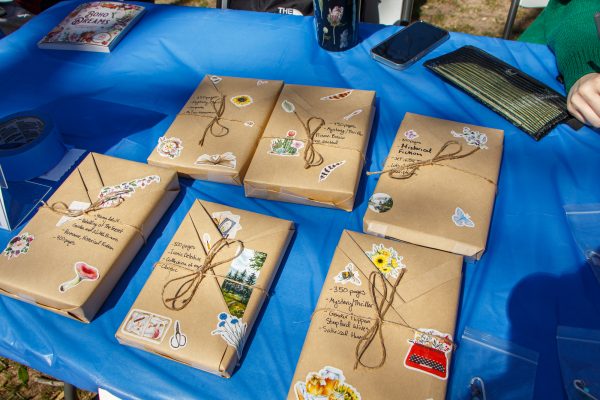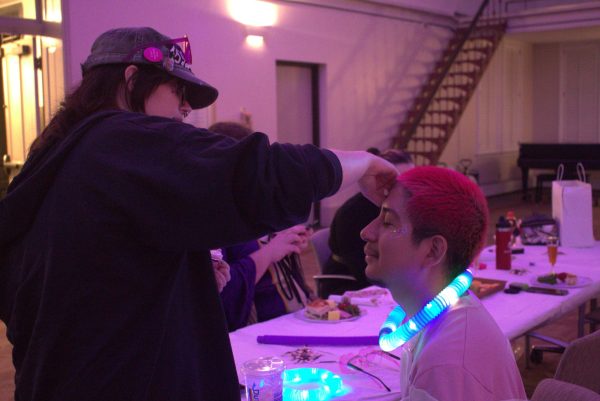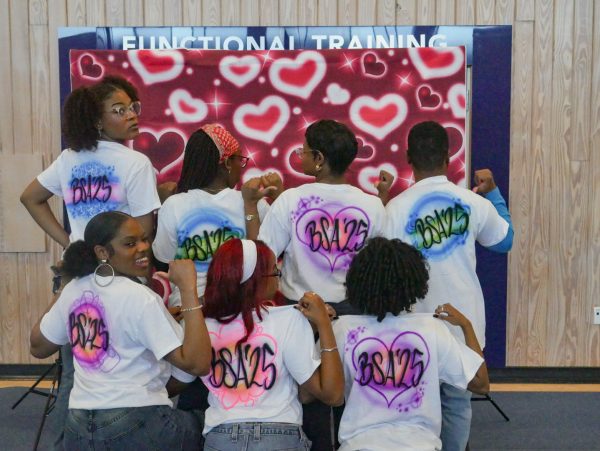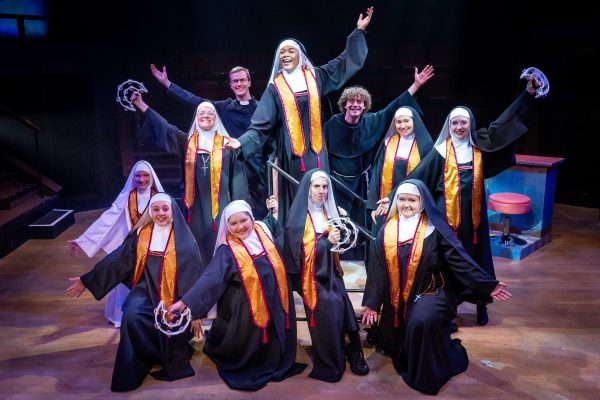Dia de los Muertos a vibrant Austin celebration
Dia de los Muertos, Day of the Dead (or sometimes referred to as All Souls’ Day), may sound and appear to be somewhat chilling from the name and the sight of dancing skeletons and embellished skulls, but it is quite the opposite, and is a holiday to honor loved ones who have passed.
This special day is commonly celebrated within the Mexican culture; however, other cultures all over the world pay respect with similar festivity. Dia de los Muertos is a joyful custom that originally combined Aztec rituals with Catholicism. Instead of mourning or being sad, loved ones celebrate the life of the deceased with food, drinks, parties, decoration and activities the dead enjoyed in life. It is recognized that death is a natural part of the human experience and should be treated as one.
The process of building temporary altars, called ofrendas, commemorates the loved ones who have passed.
“It’s a day that we feel closest to our loved ones. It’s a day to celebrate their life, and it is very important to Mexican culture,” Edith Valle said.
The celebration takes place on Oct. 31 through Nov. 2. Traditions that are typical of the holiday include honoring the deceased using sugar skulls, marigolds and other colorful décor, and also the favorite foods and beverages of the dearly departed. Possessions of the deceased are also presented to pay homage and to welcome their spirits back to the festivities every year.
In most regions of Mexico, Nov. 1 is dedicated to honoring children and infants, whereas deceased adults are honored on Nov. 2. This is ordinarily designated by referring to Nov. 1 mainly as Día de los Angelitos (“Day of the Little Angels”) and Nov. 2 as Día de los Muertos (“Day of the Dead”).
The Day of the Dead has also gained recognition in the United States, and not just among the Latino culture. The holiday is also acknowledged by a diverse assortment of people from coast to coast. Parades, parties and festivals take place and are usually more prevalent in the southwestern states such as Texas, New Mexico, Arizona and California. Many artists have also created a unique, modern style which can be found on paintings, home décor, tattoos and even clothing.
One can only hope this deeply meaningful holiday will continue to carry the authentic tradition and not be subjected to commercialism the way Christmas, Easter and Valentine’s have become.






